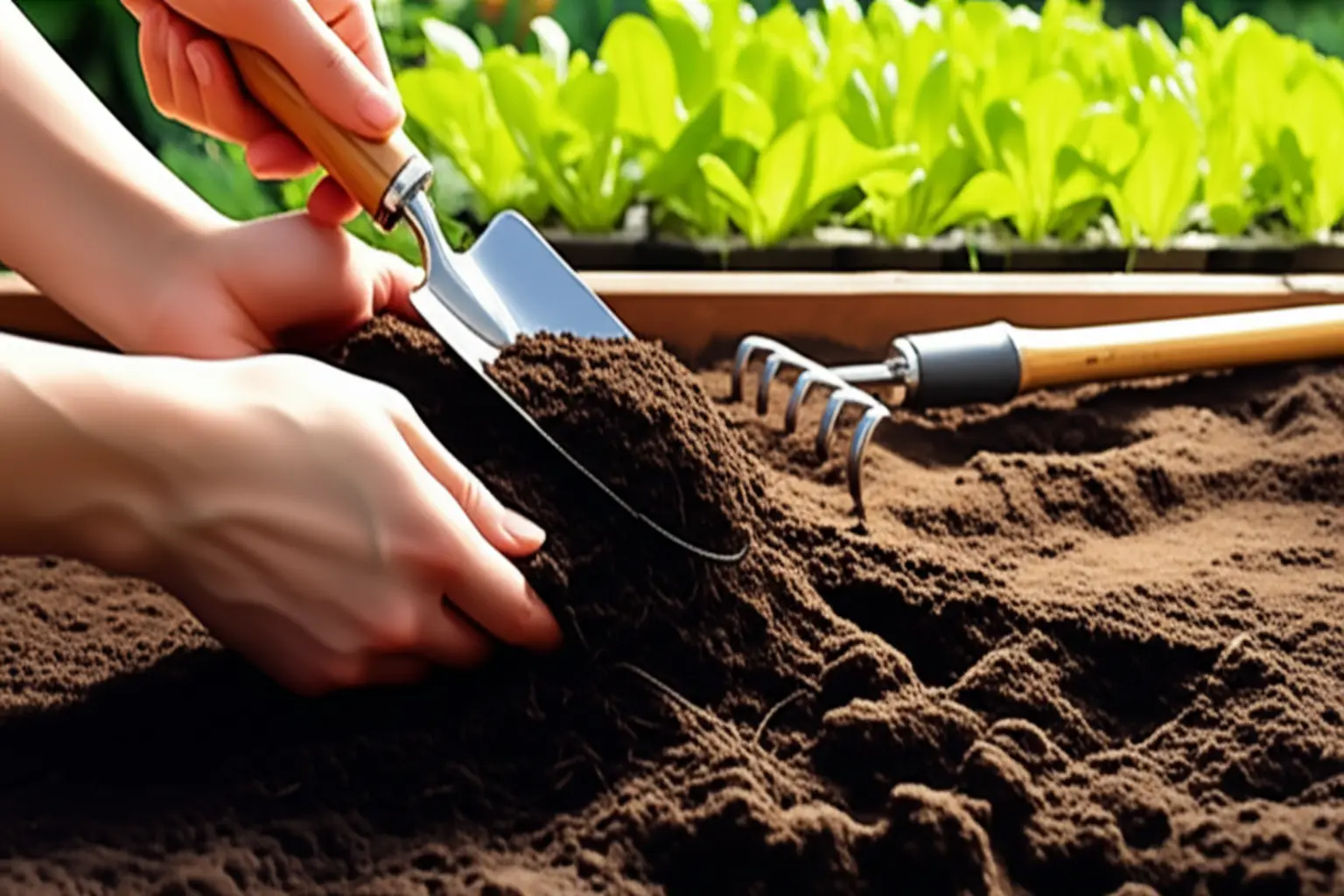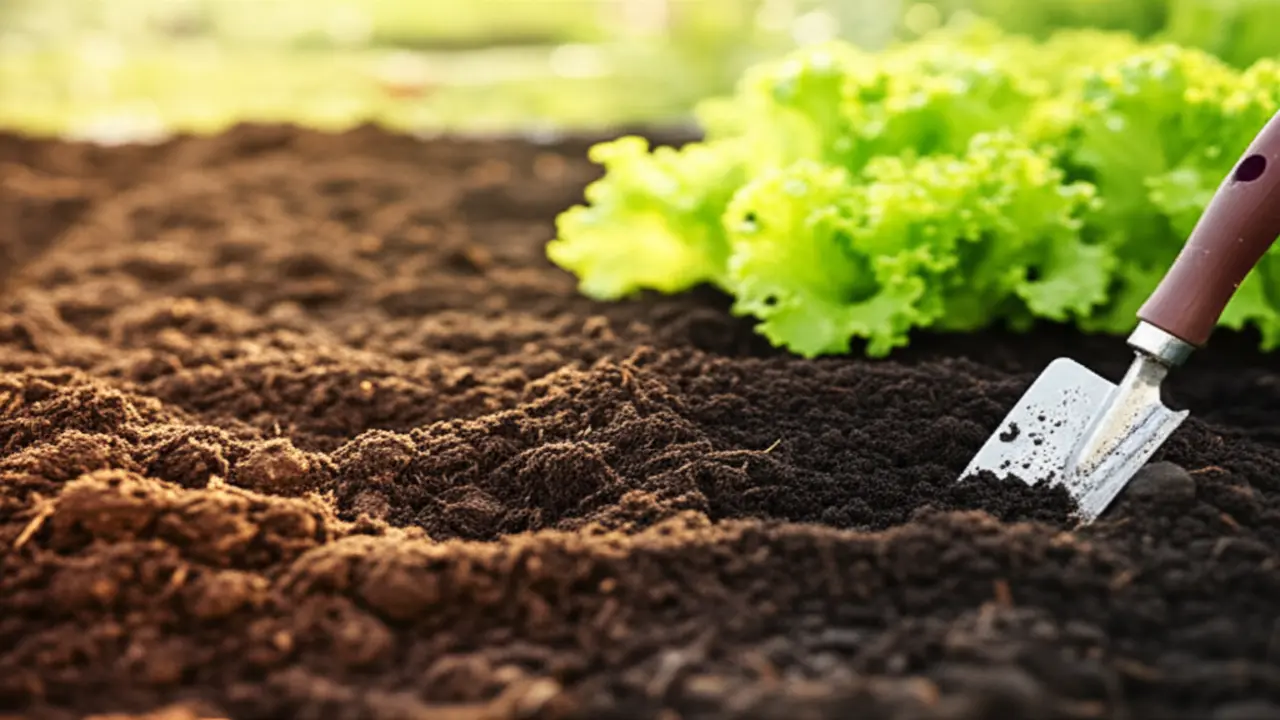
1. Understanding Ideal Soil Conditions for Lettuce
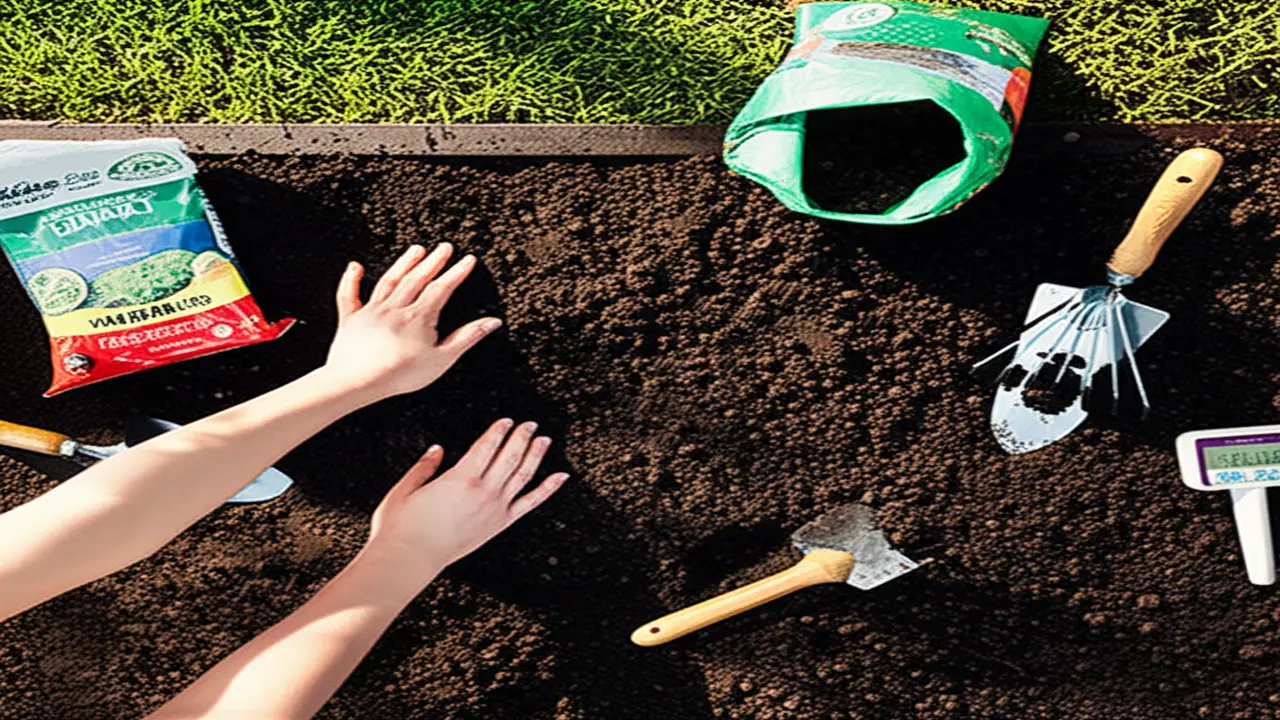
2. Essential Steps for Lettuce Soil Preparation
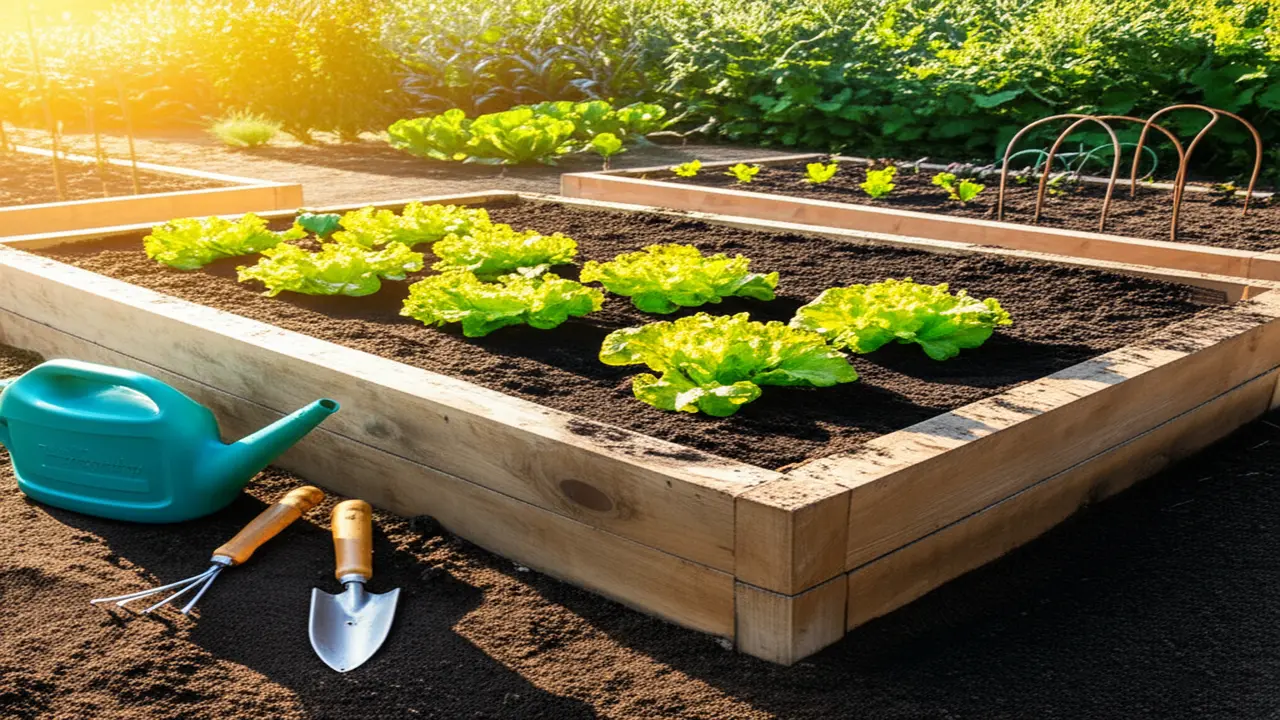
3. Site Selection and Special Considerations
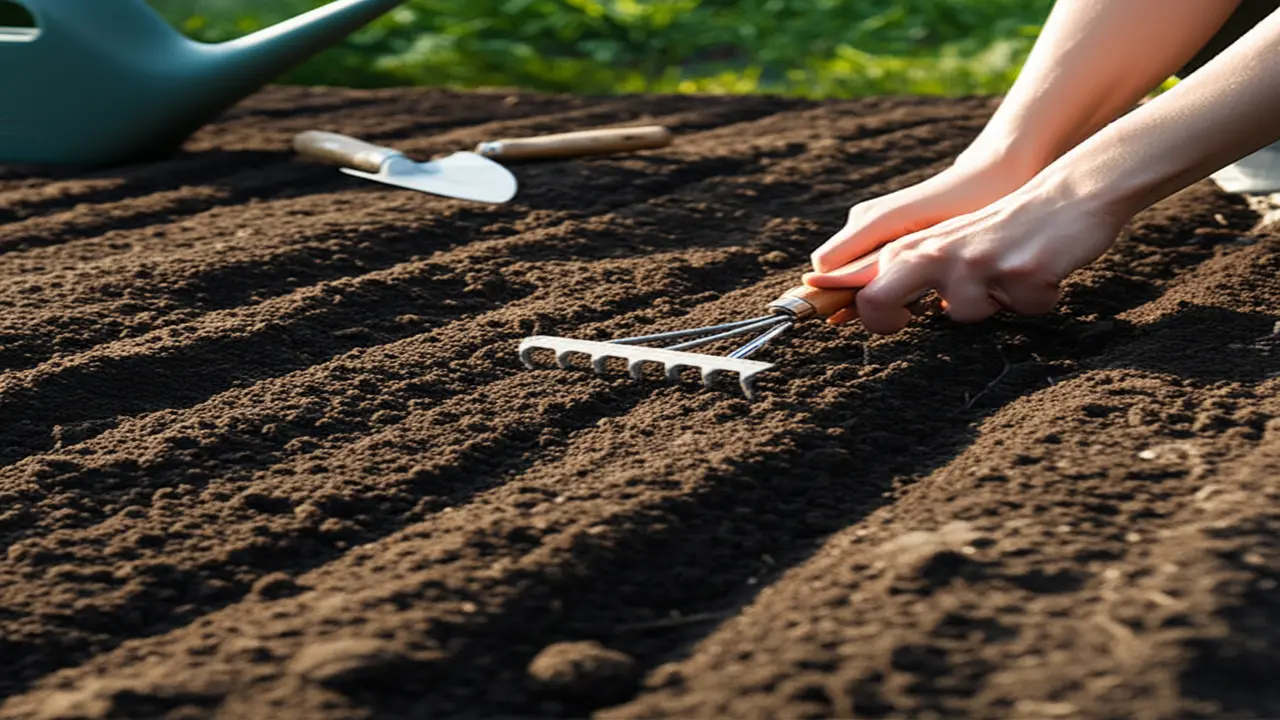
4. The Final Steps Before Planting
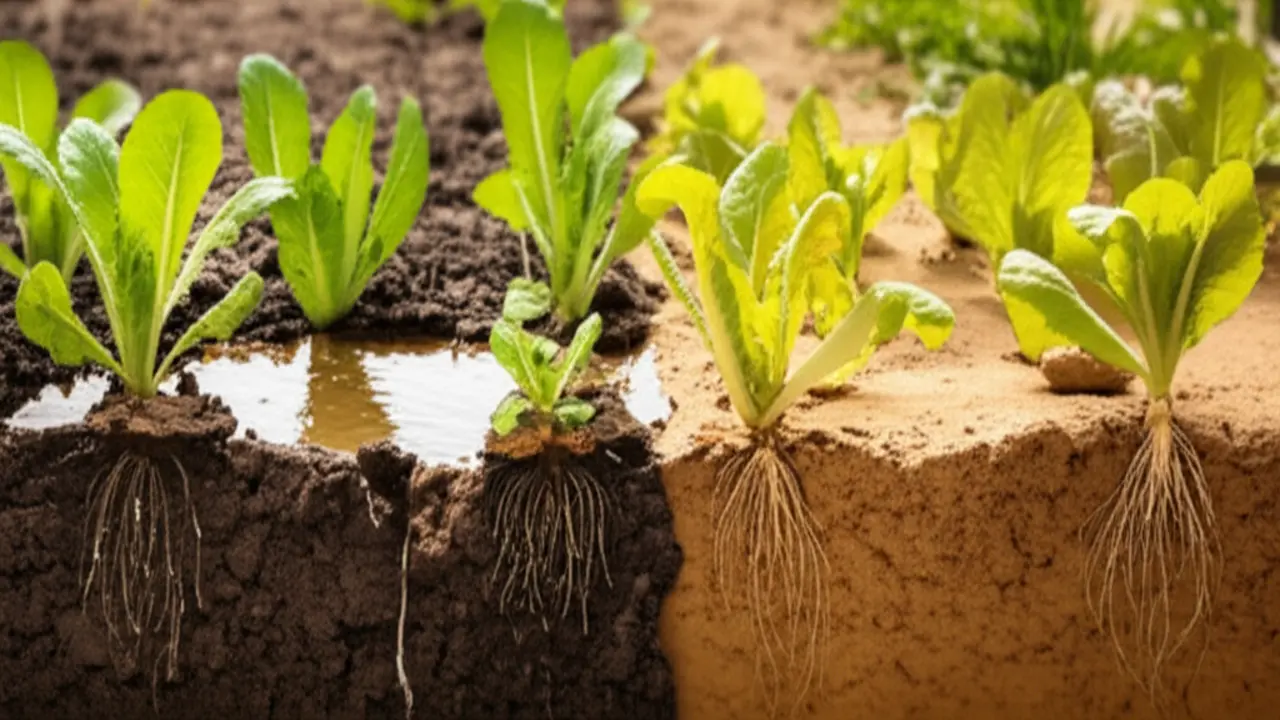
5. Common Mistakes in Lettuce Soil Preparation
6. Maintaining Soil Health for Lettuce Growth
Maintaining soil vitality after planting is a crucial step that extends your initial lettuce soil preparation efforts throughout the 2025 growing season. Consistent moisture is paramount for developing crisp, sweet leaves. Lettuce has shallow roots, making it susceptible to drying out, which can lead to bitter flavors. Aim for soil that is evenly moist but never waterlogged. A simple finger test, inserting your finger an inch into the soil, is a reliable way to check moisture levels before watering.
Mulching is another excellent practice for ongoing soil care. Applying a 1 to 2 inch layer of organic mulch, such as straw, grass clippings, or shredded leaves, offers several benefits:
* It conserves soil moisture by reducing evaporation.
* It effectively suppresses weed growth.
* It helps regulate soil temperature, keeping roots cool.
For any weeds that do emerge, gentle removal is key. Learning how to use hand cultivator correctly allows you to aerate the soil surface and manage weeds without disturbing the delicate roots of your lettuce plants.

